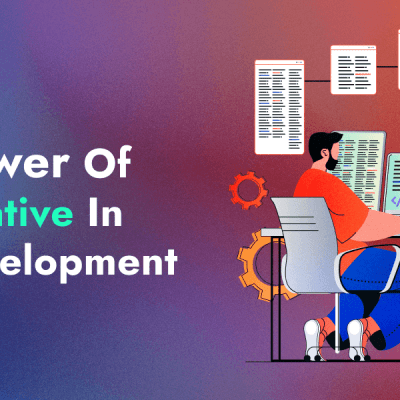[vc_row][vc_column][vc_column_text]Android studio is an amazing tool for developing Android apps. Android developers use it immensely. However, it has certain flaws and creates some trouble for the developers. It works very slow and is not that compatible with the low-end Android devices. Considering all these issues, Google came up with a solution and named it, “Project Marble”. It started the initiative back in November 2018 and incorporated all the changes in the 3.5 version of Android Studio.
Well, the newer version has solved some of the existing issues and entailed a flawless experience. It focused heavily on fixing memory issues, build speed, and Apply modifications and Chrome OS support. Google has investment 8 months to work on the user feedback to fix what was wrong till date. The major focus of this update was to fix the wrongs instead of introducing new features.[/vc_column_text][blog_single_full_content]They focused on improving the quality to speed up the day to day development by focusing on three highlighting factors: bugs, feature polish, and system health. To make the Android Studio function at its best, Google primarily an entirely new set of infrastructure along with the internal dashboard to detect the current flaws more efficiently. This was designed as a safety trap to detect all those issues which were otherwise not possible to catch with the general unit testing.
This safety net worked exactly as planned and was able to detect and solve around 600 bugs, 20 IDE hangs, and 50 memory leaks. Also, Kotlin and XML typing latency has been improved with the Android Studio 3.5 update. Google also reduced the CPU and memory impact on the development machine for the Android Emulator.
Although the core focus was improving the memory, speed, and performance, Google has also made improvement in polishing and fixing the basic user-facing features. Google analyzed the entire process of app launch to the device and revamped the entire architecture. It also replaced the Instant run with apply changes to enhanced trust and increased reliability.
With Apply changes, the developer no longer has to change an APK at the time of the build. Instead, they will have to make use of the runtime instrumentation to define the classes on the go. The developer can now edit the code quickly and see the changes on the immediate basis with Android Studio 3.5.
Here is the listing of the important changes in the latest version of Android Studio.
1) Auto Recommend Memory Settings
With this feature of the newer version, the IDE of the app will know when a project is in the need of the extra RAM capacity and suggest the mobile app developer to increase the memory size. The other option is to manage the settings in Appearance and behavior under memory settings.
2) System Health
The improvements in the system health of the project Marble was about the build speed, CPU usage, memory performance, typing and UI freeze, and I/O performance. For every such improvement, Google created innovative ways to find issues during the development stage and a tailored process to evaluate feedback from both aspects filed bugs and opt-in analytics.
3) UI Freezes
XML typing has been improved a lot. Also editing the data binding in XML is speedier than before on the grounds of typing latency enhancement.
4) Access Speed of Disk I/O File
The default setting of the anti-virus scanner does not exclude the build output folder for the windows users. A newer version of Android Studio now detects it and guide the developers for the optimal setup.
5) Build Speed
The newer update has included the support for the incremental build to the top annotation processors with Dagger, Realm, Kotlin, Glide, and AndroidX data binding. The update of the incremental build can make a significant impact on the build speed.[/blog_single_full_content][/vc_column][/vc_row]






